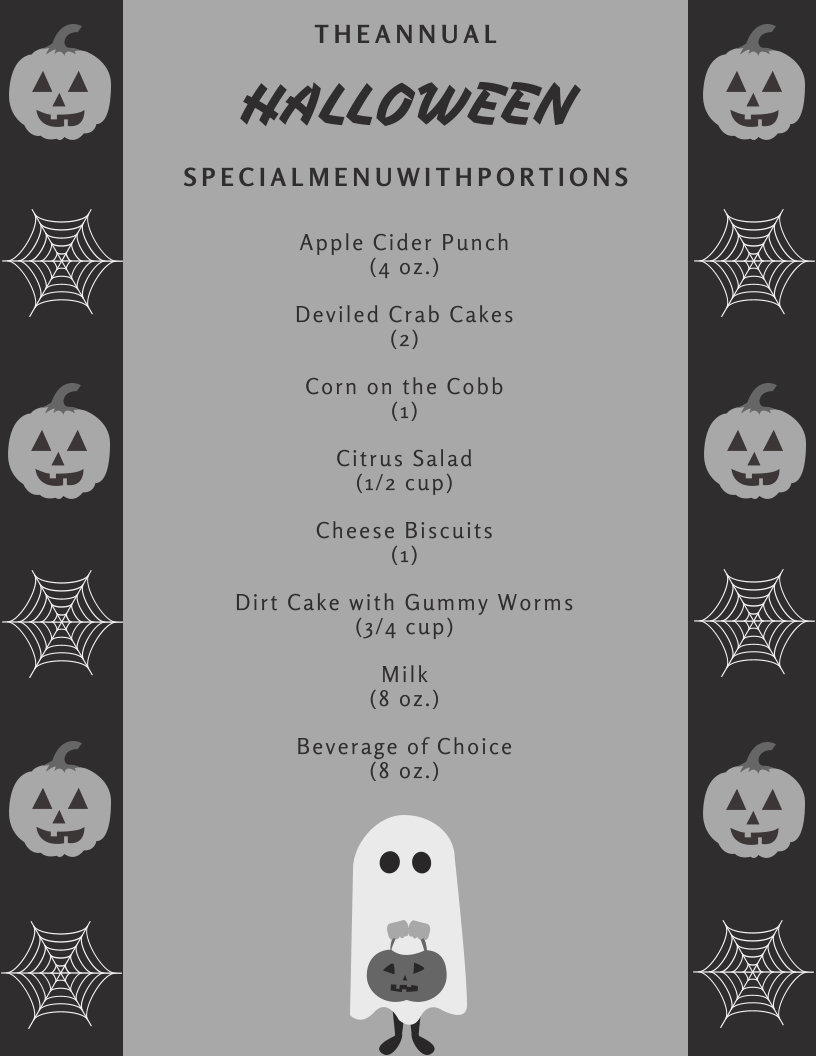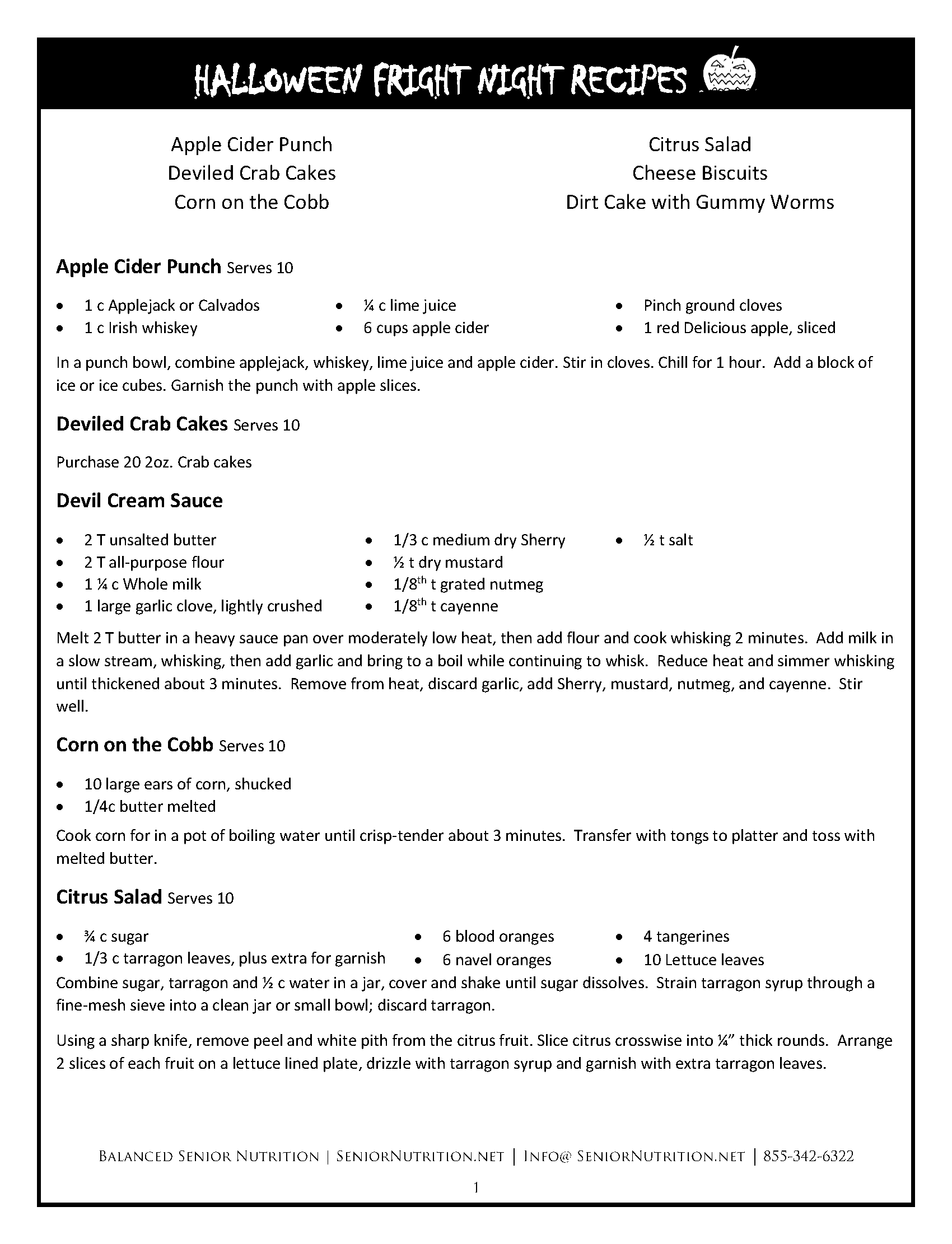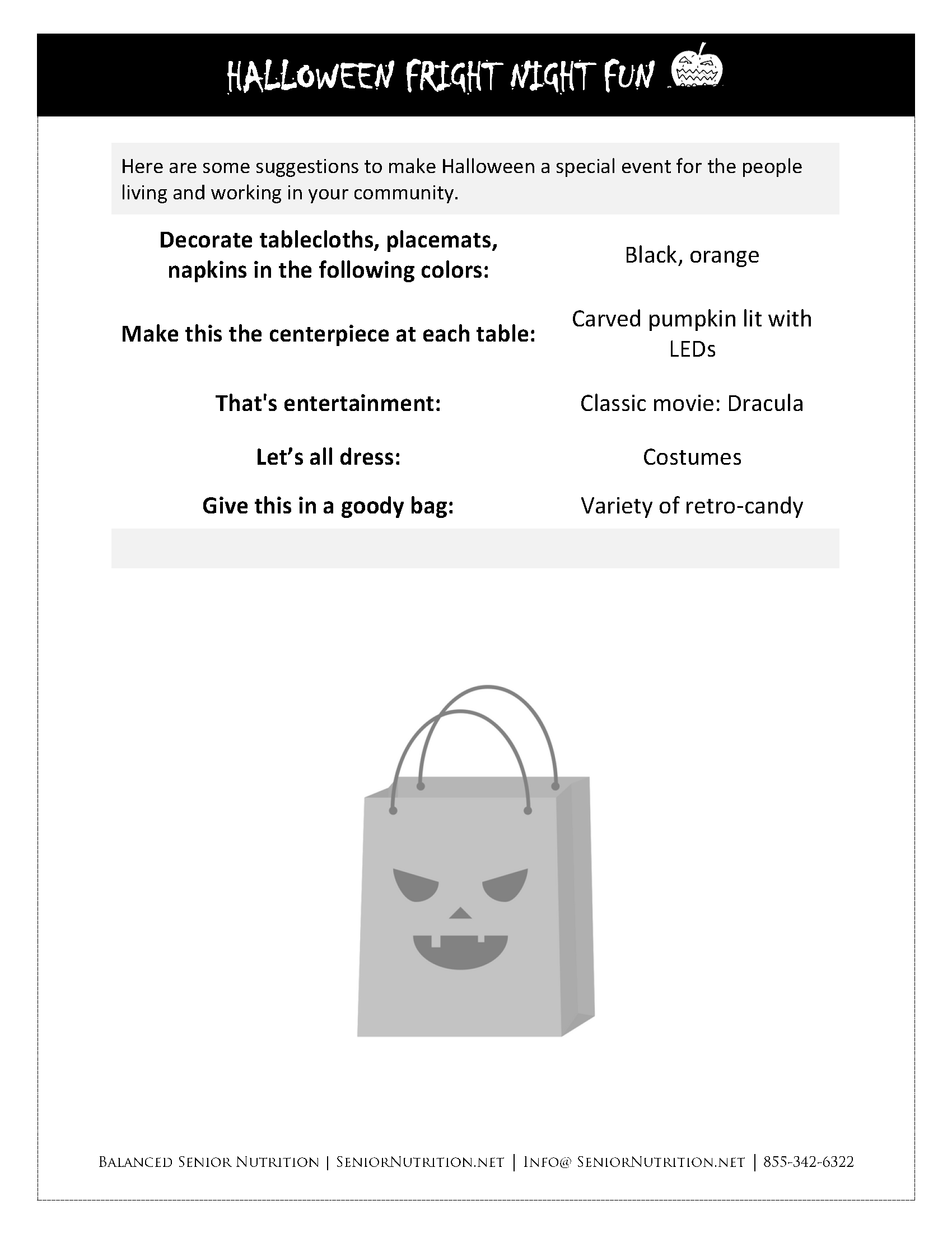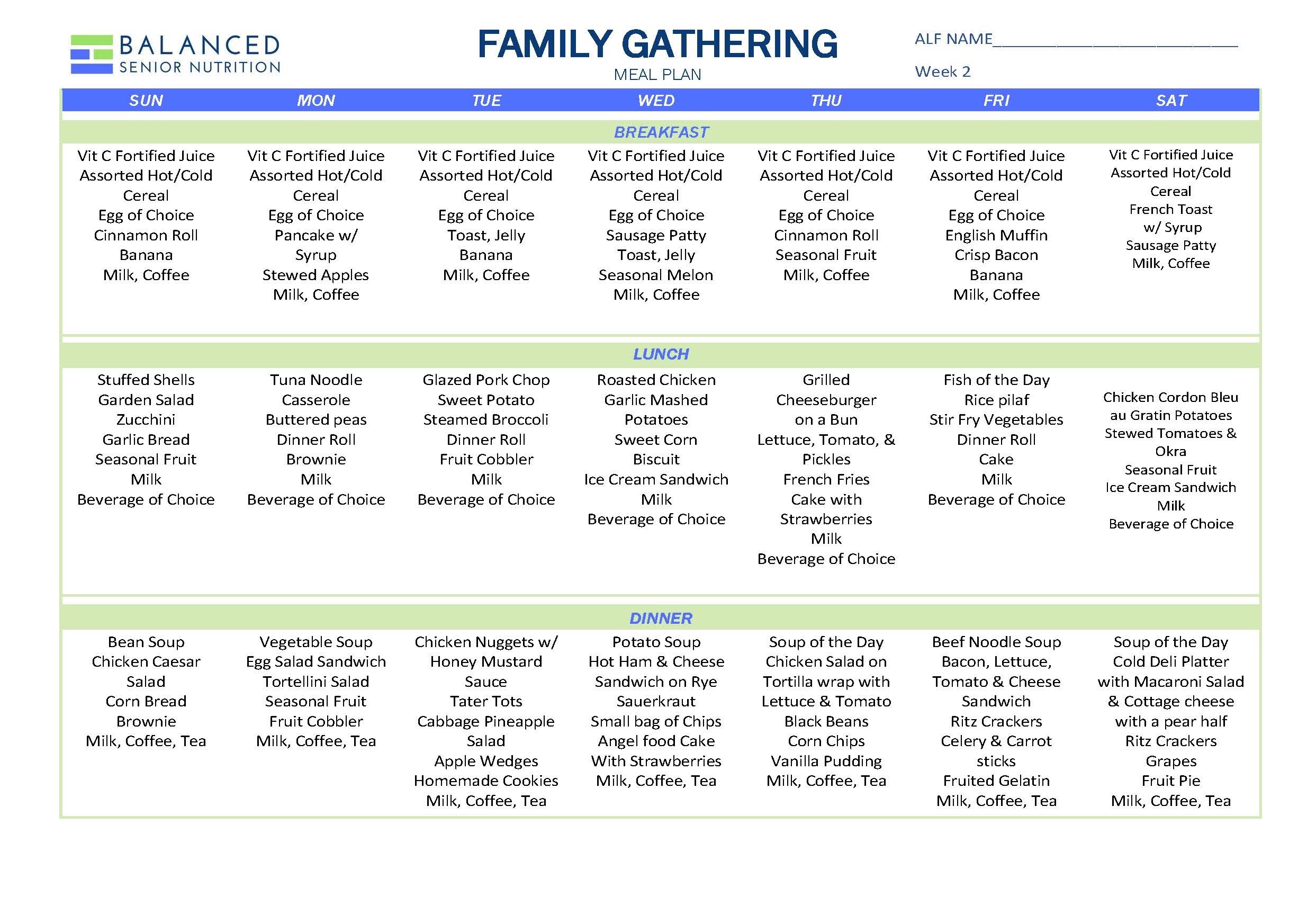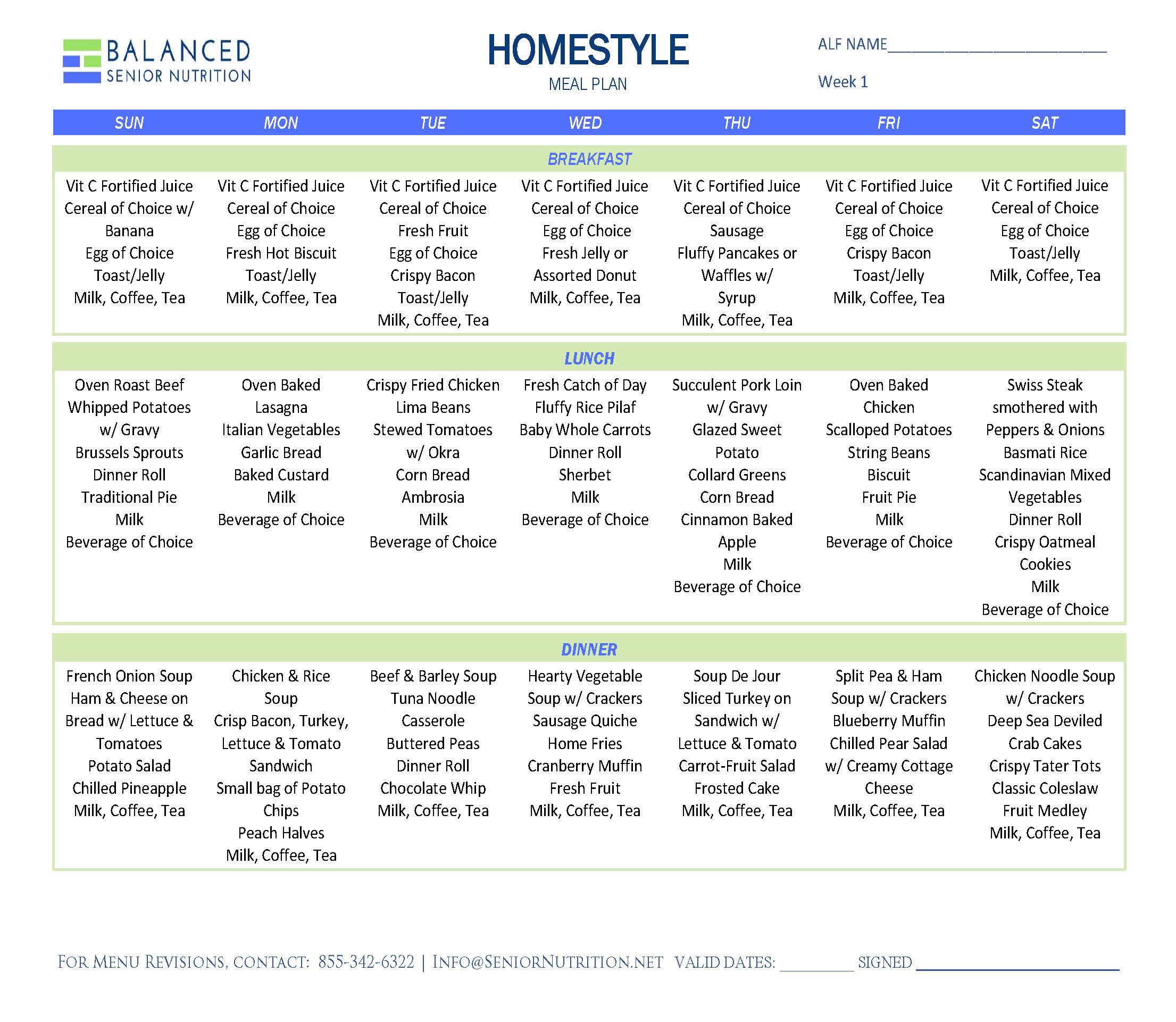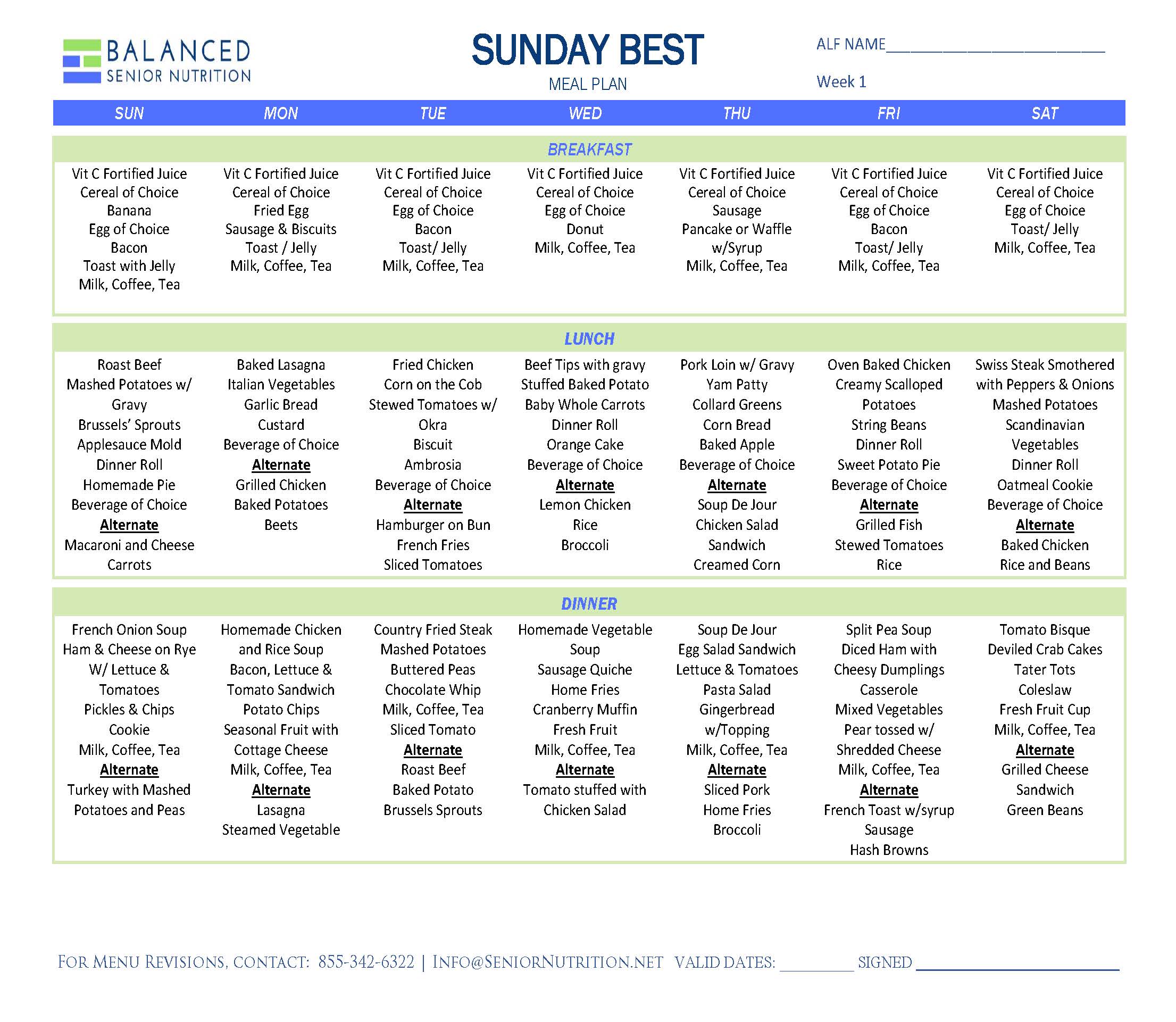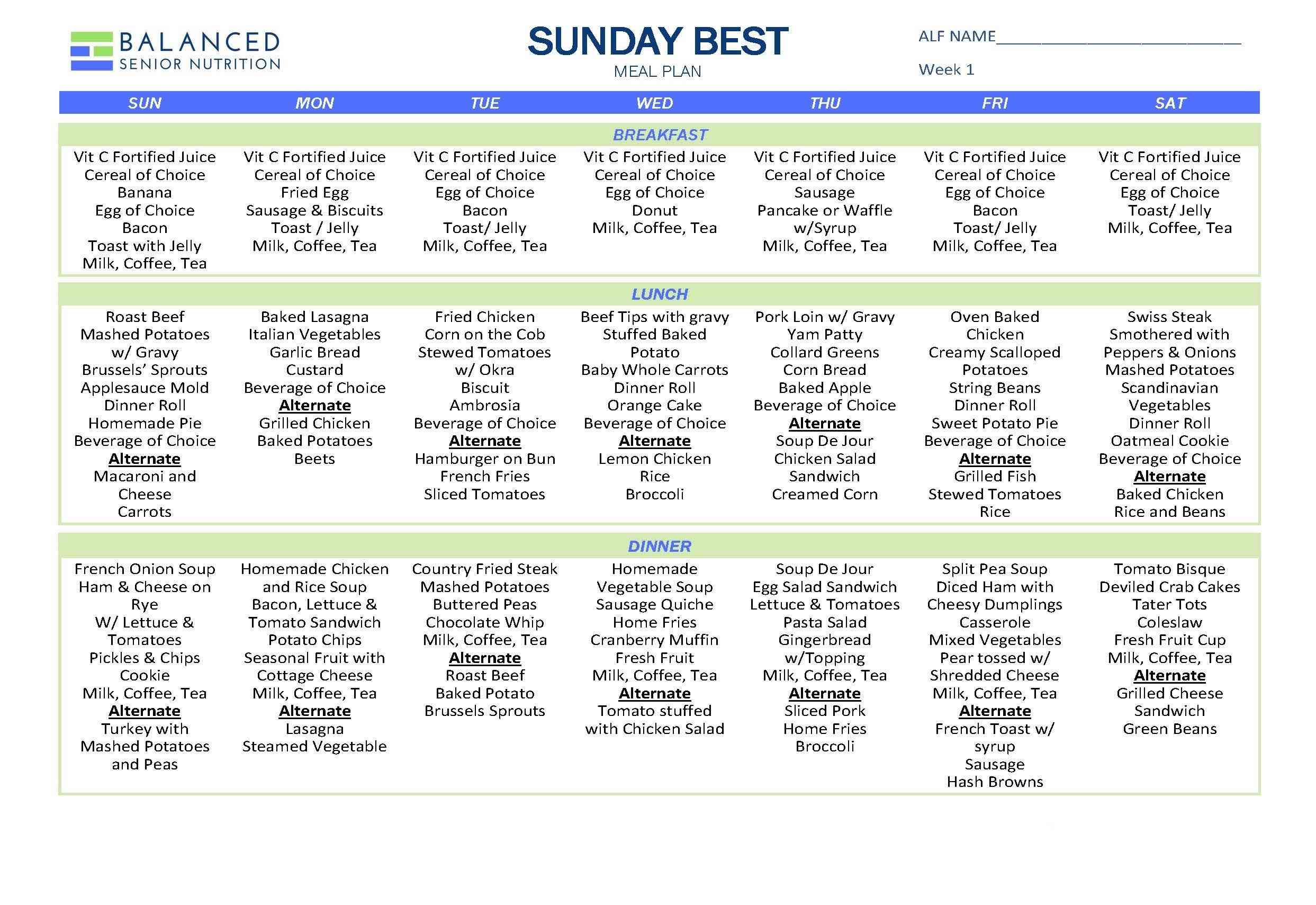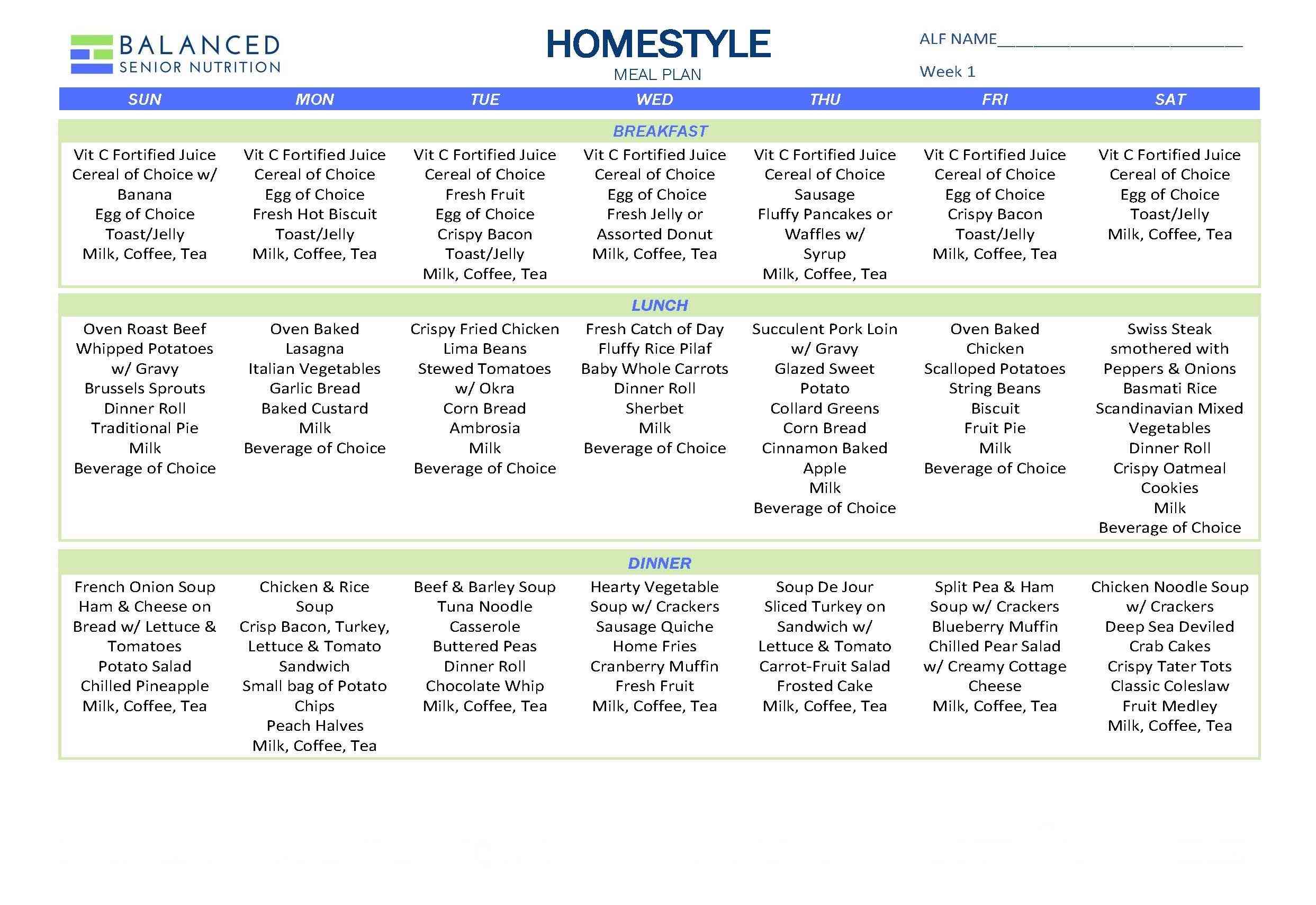
Part 3 of a 3-part series
This three part series is based on a true account from the casebook of a surveyor for the Agency for Health Care Administration (AHCA). It explores the investigation of a community’s violations of the CMS Food Safety requirements for long term care communities. We find out what they did right, what they did wrong, and how multiple problems must be addressed in the context of the whole problem in order to resolve a complex food safety issue.
Grime and Punishment
“There are rats in the kitchen of the nursing home where we work,” was the statement that sent me, as an AHCA surveyor, into the trenches for the ongoing challenge to keep residents, staff and the general public safe and sound. In the last installment, we reviewed the accounts and observations of various people regarding a problem with rodent infestation at their community and the decisions that led to the following citations and subsequent corrections.
F921 (formerly F465) Safe/Functional/Sanitary/Comfortable Environment
F812 (formerly F371) Food Procurement, Store/Prepare/Serve ‐ Sanitary
F880 (formerly F441) Infection Prevention & Control
F469 Maintain effective Pest control
Based on observation, interview and record review the facility failed to ensure venerable residents living in the community, staff, and public visiting the facility were free from cross contamination of harmful bacteria and viruses, that are carried by rodents. This was evidenced by: F 921/465
- Facility failure to ensure kitchen was free from rodent infestation, and the disease process that rodents carry on their bodies. F880/441 F469
- Facility failure to ensure the Central supply room that stores nutritional supplements, as well as medical supplies for the residents was free from rodent infestation. F880/441 F812/371
- Facility failure to recognize the concept of cross contamination caused from rodent infestation.
- F880/441
- Facility failure to prevent the potential spread of harmful bacteria and viruses generated from rodent infestation in the dry food storage and central supply rooms. F880/441
- Failure to ensure the dry food storage room of the kitchen was free from evidence of rodent infestation; F812/371
- Failure to ensure that all holes and crevices in the dry food storage room were sealed and secure; f812/371. F 912/465
- Failure to take measures to appropriately clean and sanitize dry food storage room, kitchen, and central supply room after having knowledge of rodent infestation; F812/371
- Failure of management and staff to understand contamination and cross contamination, and how bacteria and viruses are spread through contamination and cross contamination. F880/441
This system failure placed vulnerable residents, staff working in the kitchen area, and visitors that consumed food from the kitchen, at immediate risk of serious health problems resulting from diseases transmitted by rats. The facility was also negligent for not taking appropriate steps to rid the facility of the rodents, as they were made aware of the situation in December, and little or no intervention was put in place until AHCA enter in July after receiving a complaint.
As a result of the non-compliance and continued rate infestation Immediate Jeopardy identified, which was initiated on 12/26 and is still occurring as of exit on 07/13 at 2:45 p.m. This has the potential of breaching the safety, health, and wellbeing of venerable residents that live in the facility, staff that work in the facility and public who visit the facility.
Operation: Rats in the Kitchen
Rebuilding Trust: 12 days later
1230 hours
Met with the new Administrator and explained the purpose of the visit requesting a tour of areas in the building of concern.
The tour was conducted with the Administrator and the Director of Maintenance.
- Toured the dry storeroom in the kitchen. The walls and floor of the store room were observed to be newly painted. All the cracks and holes in the wall had been professionally sealed. All the food products that were originally in the storeroom were discarded and replaced by new food products. All food items that were not in a metal can were in large plastic storage bins, with lids on them. There was no evidence of any rodent feces or urine observed in the storeroom.
- Toured the Central Supply storage room. Observed the walls had been freshly painted, and the floor was clean. All supplies had been removed from the floor and were placed on shelves. There was no evidence of rodent feces or urine in the Central Supply room.
- Toured Mechanical Room 2 Floor and walls observed to be newly painted, screen to the window replaced. Did observed that the base board located under the window which was observed to be approximately 1 foot in length needed to be sealed more securely. Did not observe any rodent urine or feces.
- Tour Mechanical room #3 Floors and wall had been freshly painted. Window screen had been replaced. There was no rodent urine or feces observed.
- Tour the exterior of the building. The shrubs and trees had been cut back, so they were not touching the building. Landscapers were on the property continuing to cut vegetation from surrounding properties, to ensure the deterrence of the rodents. Two trees on the property 1 south end of the building and 1 on the west end of the building needed more pruning. Observed were numerous rat traps surrounding the entire building. Administrator said the exterminator had place 52 rat traps around the building. Did not observe any cracks, holes, or crevices on the exterior of the building.
Exit Conference: 1330 hours
The surveyor reviewed the status of the allegations with Administrator, Registered Dietitian, Director of Nursing, Regional Clinical Manager, and Regional Vice President. As a result of the implementation of the Allegation of Compliance and the observations of changes made during the revisit, the Immediate Jeopardy was removed. and the Scope and Severity changed from a K to an E effective the date of the alleged compliance.
Although the Immediate Jeopardy was removed, ongoing noncompliance continues until all corrective actions are completed to achieve substantial compliance.
Final report
You know the old expression “You cannot see the forest for the trees.” That is exactly what happened in this situation. The staff focused on the individual details of the problem and did not look at the situation as a whole.
The Administrator assumed that just calling an exterminator would solve the rat problem. It didn’t because management didn’t listen to the professional’s advice about repairing the cracks and crevices in the walls where the rats were getting into the building. They didn’t cut back the shrubs and trees touching the building which served as potential access points. Let’s face it. You can fill traps with rats but if you don’t cut off access into the building, you will continue to have unwanted invaders.
The kitchen staff wasn’t properly trained about the dangers of cross-contamination. They left food exposed and didn’t clean rat droppings or sanitize properly, putting residents at risk for diseases spread by rodents. They didn’t eliminate food particles or deodorize smells that attract the rats. And the bigger problem was the lack of knowledge about the diseases that are spread by rodents, and how those diseases could negatively affect the health and wellbeing of its most vulnerable residents.
In short, the administration and management failed to get rid of the rats and therefore received numerous citations because each department focused on solving its own problems and didn’t coordinate efforts with each other to solve the rat problem as a whole. They only saw the trees like trapping the rats, cleaning up feces and urine, wiping off cans, etc. and didn’t see the forest which was stopping the rat infestation by repairing environmental issues like holes in walls and training staff about the spread of disease from rodents and the importance of food safety.
Let’s talk about food safety. We’re expecting you.

